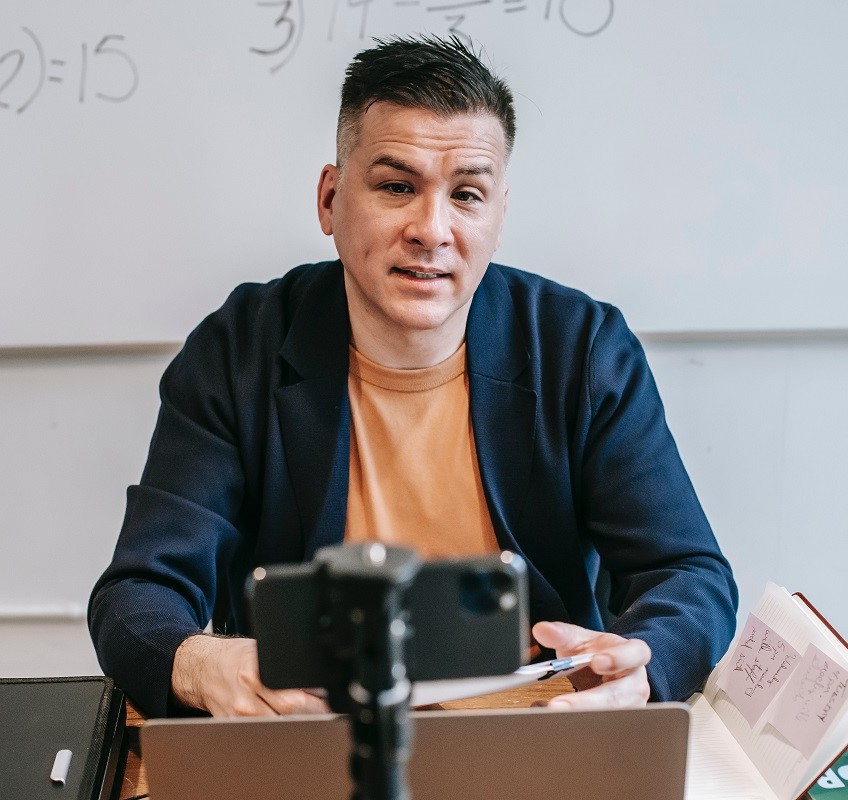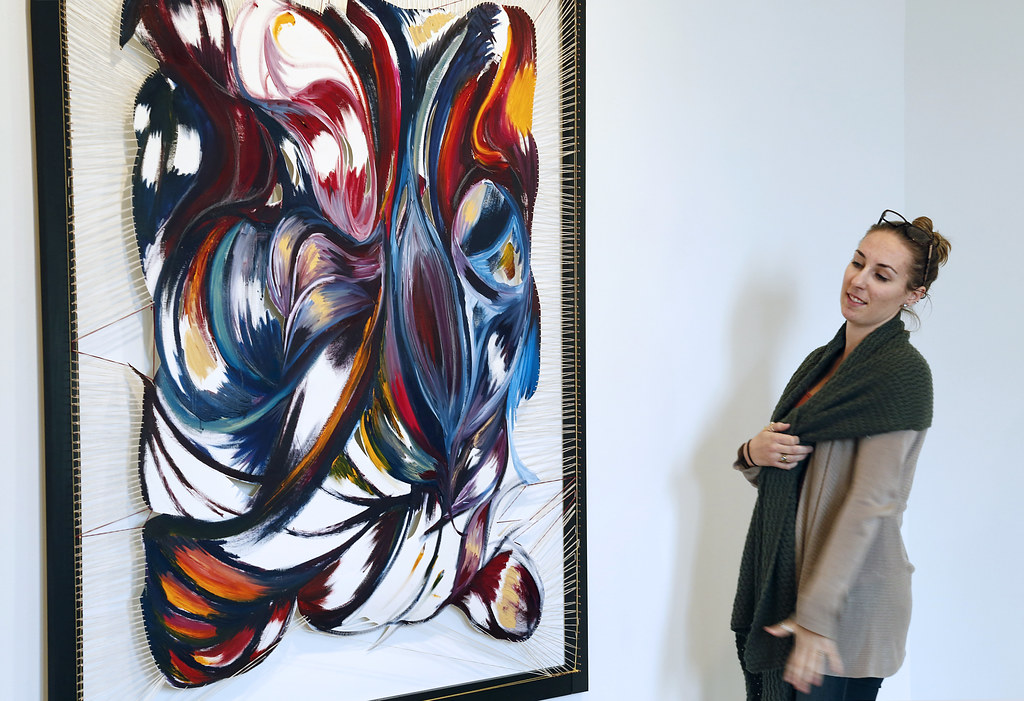Visual arts education encompasses a wide variety of educational opportunities designed to develop creativity and imagination in young people. These programs can lead to a variety of careers ranging from professional artists into designers, art educators, film makers, or other supporting roles. These people also teach art skills to those who have no artistic ability at all and wish to learn.
Visual arts education is the field of study that focuses on the creative expression aspect of seeing, perceiving, hearing, and being able to interact with others. Visual arts curriculum usually involves studying the visual aspects of science, mathematics, history, technology, and history as well as applying these subjects to art practices. For example, students learn how to create a model from photographic images and how to use different types of tools to create art. The visual education curriculum requires students to learn about the relationships between visual science and aesthetics, as well as the interrelations between science, technology, history, art, and psychology. This curriculum helps students discover their own artistic potential as well as build upon their personal strengths and talents through self-expression.
In contrast, the discipline of fine arts educates people in the techniques of making art including drawing, music, dance, and woodcraft. These artistic practices are used to provide people with creative expression and enhance their visual and interpersonal skills. An important feature of fine arts learning is the ability to analyze and evaluate a work of another person or group of people. This aspect of fine arts education also encourages critical thinking and problem-solving skills that are necessary for self-reflection and improvement.


 Lucas Green
Lucas Green

